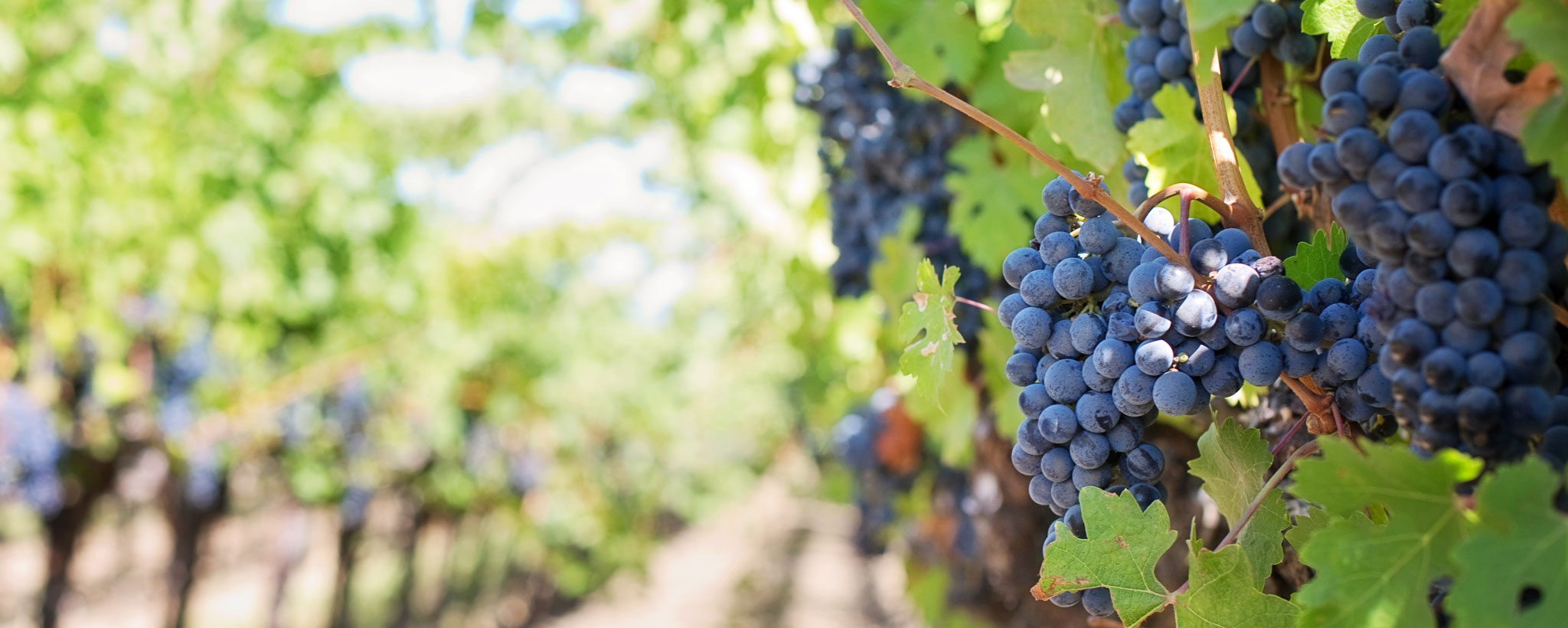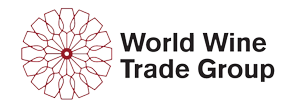
World Wine Trade Group Tbilisi Statement on Analytical Methodology and Regulatory Limits on Constituents and Potential Contaminants in Wine
World Wine Trade Group (WWTG) Governments support the need to establish and enforce regulations both to ensure product safety and to ensure that products meet relevant standards relating to the production, composition, and identity of wine in a manner consistent with the rights and obligations established under the WTO Agreements. Accordingly, the WWTG endorses the following principles relating to analytical methodology and regulatory limits on constituents and potential contaminants in wine.
- Avoiding unnecessary analyses: Governments should establish regulatory limits that are based on risk, thereby avoiding unnecessary analyses.
- Relevant standards: In addition to considering relevant standards from international standards setting bodies, in the context of a country’s WTO obligations, Governments should also consider work done by WWTG participants when establishing new regulatory limits.
- Regulatory cooperation: Governments should seek cooperation in approaches to regulatory limits where it is feasible to do so and where there is no scientific or other legitimate justification for national or regional differences. Cooperation may be achieved by various means, including but not limited to the adoption of precisely the same provisions, mutual acceptance of provisions, or establishment of appropriate tolerances.
- Common systems of units: Governments should, where feasible and appropriate, adopt a common system of scientific units for expressing regulatory limits relating to wine.
- Expression of regulatory limits: Governments should express regulatory limits relating to wine on a “per unit volume of wine” basis rather than a “per unit volume of alcohol” basis.
- Harmonization of resultls expressions: Governments should adopt a common way of expressing analytical results in their rules, regulations, and requirements, where this is done in relation to a single wine constituent, e.g., for total acidity.
- Analytical levels: When Governments implement limits for analytical levels in relation to wine, they should specify the method by which compliance with those limits is confirmed, and should make those limits and methods publicly available.
- Accreditation: Governments should ensure that the analyses of wine that they require to demonstrate compliance with regulatory limits are undertaken by accredited laboratories complying with international standards (or overseen by certified analysts).
- Validation of analytical methods: Governments should ensure that, for wine compliance purposes, laboratories use analytical methods that are validated for wine analyses, and that the laboratories are proficient in the use of those methods.
- Authentic samples: Where wine authentication is deemed essential to prevent counterfeit or misleading practices, Governments should compare test samples against a sufficiently comprehensive database of authentic samples to avoid miscategorizing legitimate samples as fraudulent.
- Measurement uncertainty: Governments should ensure that laboratories provide information on measurement uncertainty regarding their analytical results. Governments should take into account such measurement uncertainty information when interpreting analytical results.
25 August 2014
Download a PDF of the Tbilisi Statement on Analytical Methodology

